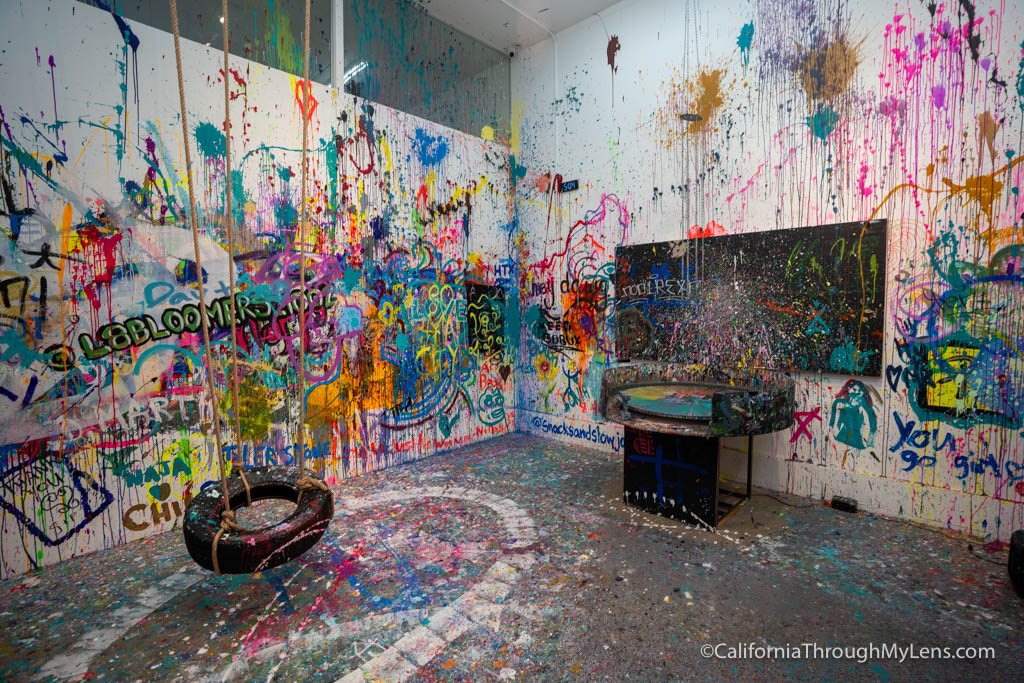Revealing the Most Intriguing Trump Art Pieces of the Years
Revealing the Most Intriguing Trump Art Pieces of the Years
Blog Article
Starting a Visual Journey Via the Lyrical Analyses of Nature in Stylist Landscapes
In the world of art background, the Stylist motion stands out as a critical period that revolutionized the way nature was shown on canvas. Musicians such as Claude Monet, Camille Pissarro, Edgar Degas, Berthe Morisot, and Vincent Van Gogh recorded the significance of the environment via their unique analyses, producing landscapes that go beyond simple visual depiction. Each brushstroke, each play of light and shadow, and each color option in their jobs talks volumes regarding the artists' deep link to nature and their capacity to convert its elegance onto the canvas. As we discover the lyrical interpretations of nature in Impressionist landscapes, we are welcomed to submerse ourselves in a world where reality and feeling link, providing a peek into the musicians' profound recognition for the natural world.
The Captivating Brushstrokes of Claude Monet
Claude Monet's proficiency of brushstrokes goes beyond plain method, imbuing his landscapes with an ethereal top quality that mesmerizes and captivates viewers - trump art. His innovative use color and light, integrated with his unique brushwork, produces a sense of activity and life within his paintings. Monet's renowned collection of works showing water lilies and his famous haystacks showcase his capacity to catch the short lived effects of light and ambience

Taking On Light and Darkness With Camille Pissarro
Embodying a similar respect for the interplay of light and shadow, Camille Pissarro's imaginative vision unfolds as an unified exploration of the all-natural globe's luminous subtleties. Pissarro, a key number in the Impressionist activity, masterfully caught the vibrant partnership between light and darkness in his landscapes. His proficient use of shade and brushwork allowed him to communicate the refined shifts in light that define various times of day and seasons.
Pissarro's paintings commonly feature dappled sunshine filtering via leaves, casting detailed patterns of light and shadow on the planet listed below. In works such as "Hoar Frost, the Impact of Snow, Pontoise," Pissarro skillfully depicts the crisp brightness of winter months sunlight juxtaposed with the cool darkness that specify the snowy landscape. By welcoming both light and shadow in his structures, Pissarro invites audiences to immerse themselves in the natural elegance and short-term effects of light on the planet around them.

With Pissarro's works, we are reminded of the transformative power of light and shadow, inviting us to stop briefly and appreciate the fleeting moments of charm present in the everyday landscapes that surround us.
A Symphony of Colors by Edgar Degas
Edgar Degas orchestrates a dynamic symphony of colors in his masterful artworks, infusing his compositions with a dynamic interplay of hues that captivate the viewer's gaze. Understood largely for his ballet professional dancers and intimate scenes of Parisian life, Degas expertly adjusted shades to convey mood and movement in his paints. trump art. His use vibrant, contrasting colors and refined tonal variants developed a feeling of depth and vibrancy within his works
Degas' shade scheme often included rich blues, deep eco-friendlies, and warm oranges, which he applied with confident Related Site brushstrokes to catch the significance of his subjects. Whether depicting a ballerina mid-performance or a group of buddies conversing at a coffee shop, Degas' shades not only showed the scene yet likewise evoked a sense of feeling and energy.
Moreover, Degas' testing with light and shadow included an extra layer of intricacy to his color compositions, enhancing the total ambience of his paintings (trump art). Through his experienced control of color, Degas created a visual symphony that remains to resonate with audiences today
Exploring Nature's Serenity With Berthe Morisot
Berthe Morisot's artistic vision supplies a tranquil departure from the vibrant shade symphonies of Edgar Degas, as she records the harmony of nature in her evocative landscapes. Recognized for her Discover More Here fragile brushwork and intimate portrayals of day-to-day life, Morisot's landscapes emanate a sense of tranquility and consistency.
Morisot's paintings often include soft, muted tones that share a sense of calmness and tranquility. Her works, such as "The Cradle" and "Summertime's Day," showcase her capability to capture the subtle appeal of nature in a way that is both soothing and reflective to the viewer.
Unlike several of her Impressionist counterparts that concentrated on dynamic make-ups and strong shades, Morisot chose to create mild, introspective scenes that invite the viewer to stop briefly and mirror. With her masterful use light and shadow, Morisot creates a feeling of harmony that resonates with the visitor on a deep psychological level.
The Psychological Landscapes of Vincent Van Gogh
Vincent Van Gogh's landscapes vividly share a depth of emotion with their vibrant brushwork and expressive use shade. The Dutch post-impressionist artist is renowned for his capability to catch raw and intense feelings in his paintings, going beyond standard depictions of nature. Van Gogh's tumultuous personal life, noted by psychological health battles, significantly influenced his art, infusing his landscapes with a sense of unease, melancholy, or spirit.
In jobs such as "Starry Evening" and "Wheatfield with Crows," Van Gogh's swirling brushstrokes and dynamic color choices evoke a profound psychological response from viewers. The turbulent skies and perturbed landscapes in his paints mirror his internal chaos and emotional turbulence, inviting viewers to look into the intricacies of his psyche.
Van Gogh's distinct aesthetic language, identified by overstated viewpoints and bold use shade, creates landscapes that resonate with audiences on a deeply emotional look at this site degree. Via his art, Van Gogh invites us to see nature not equally as an outside reality but as a mirror of our innermost sensations and feelings.
Verdict
Finally, the impressionist landscapes of musicians such as Claude Monet, Camille Pissarro, Edgar Degas, Berthe Morisot, and Vincent Van Gogh provide a exciting and unique aesthetic interpretation of nature. Through their use of brushstrokes, light, feeling, and shade, these musicians have created a symphony of images that evoke a sense of serenity and beauty in the all-natural globe. Their works continue to motivate and charm visitors with their lyrical analyses of the landscapes around us.
Each brushstroke, each play of light and shadow, and each shade option in their works talks volumes concerning the artists' deep link to nature and their capacity to translate its beauty onto the canvas. His ingenious usage of shade and light, integrated with his distinctive brushwork, produces a sense of activity and life within his paintings. His skilled usage of color and brushwork enabled him to communicate the subtle changes in light that specify different times of day and periods.

Report this page